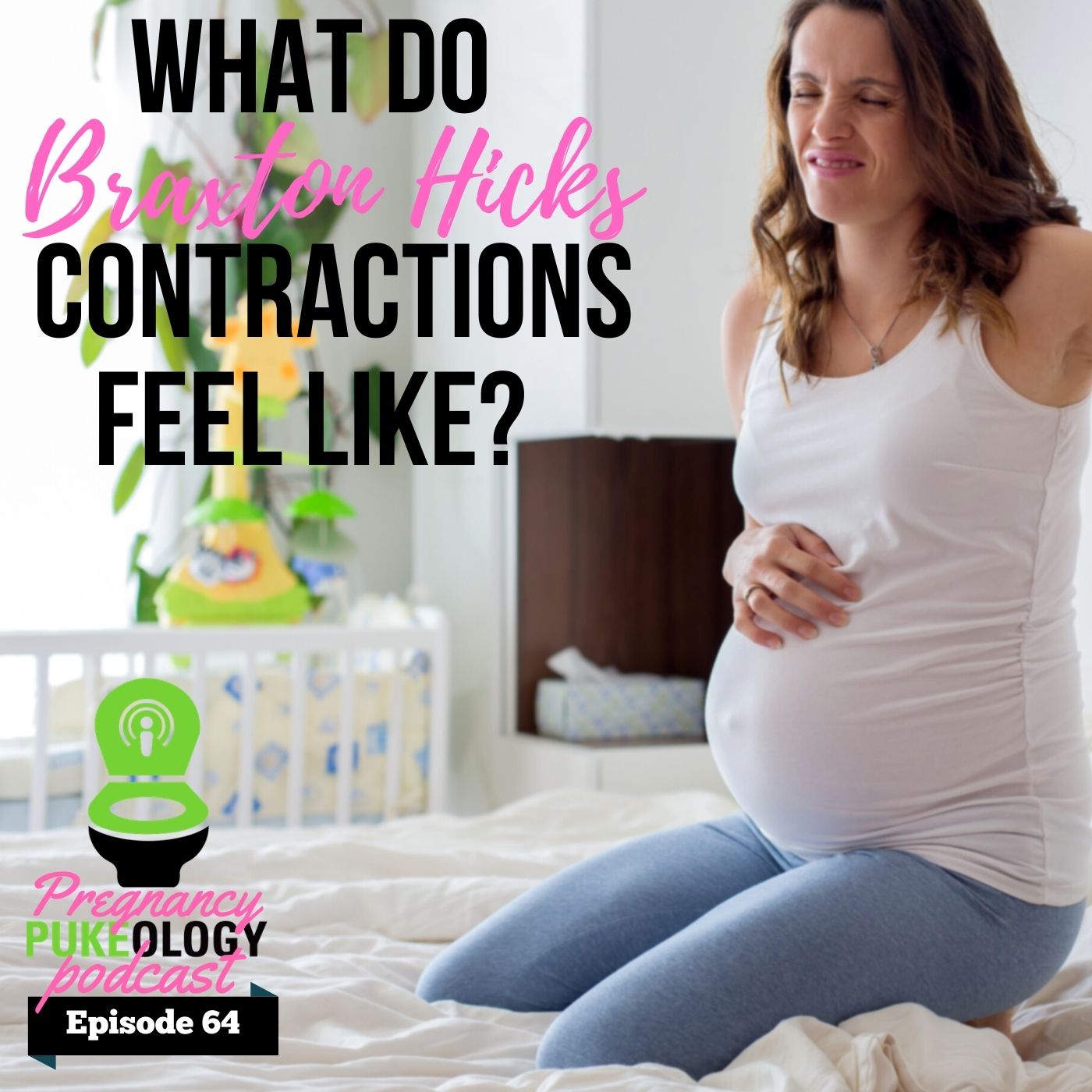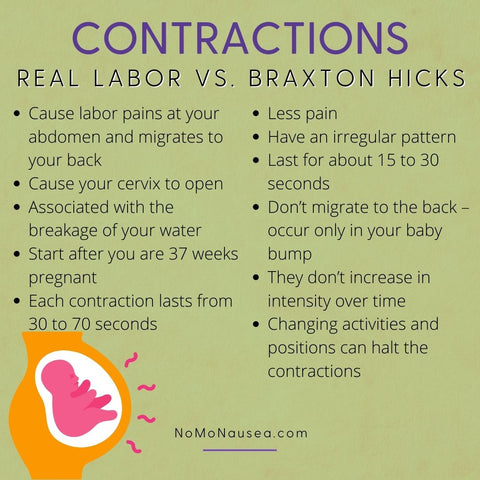
What Causes Braxton Hicks

What causes Braxton hicks?
One of the most common questions moms-to-be asks their health care providers is whether they are in labor. Every pregnant woman experiences pregnancy differently. Contractions that one regards as false may be labor to another. Read on to learn more about Braxton hicks and labor, and how you can tell apart the two.
What are Braxton Hicks?
Braxton hicks, also called false labor pains, are sporadic false contraction of a pregnant woman's uterus in preparation for delivery.
Most women experience Braxton hicks during pregnancy – it is perfectly normal, and you don’t need to worry about them.
What do Braxton hicks feel like?
Braxton hicks are usually mild and may be uncomfortable. Most pregnant women report that they feel mild cramps that occur during menstruation. Braxton hicks contractions cause tightening and hardening of particular parts of your abdomen for about 30 seconds to 2 minutes, then they go away. But, they are painless and do not cause dilatation of the cervix.
When do Braxton hicks start?
Braxton hicks start during the second trimester after 20 weeks. You may experience Braxton hicks even earlier if you have been expectant before. Braxton hicks also tend to be more intense in women who have been pregnant before.
Braxton hicks are more noticeable during your third trimester when they increase from 32 weeks until you get the labor.
Where do you feel Braxton hicks?
Braxton hicks are felt in particular areas of your abdomen. During the Braxton hicks, the muscles at the top of your womb contract and then spread towards the lower part of the uterus.
What cause Braxton hicks?
The exact cause of Braxton's hicks contraction is not well understood. But, the following factors have been linked to triggering the false contractions.
- Having sexual intercourse.
- Being very active, for example, lifting an object.
- Having your baby move in the womb.
- Having a full urinary bladder.
- Inadequate intake of fluid causing dehydration.
- Having an infection that makes you vomit or feel nauseated.
Braxton Hicks Contractions vs Real Contraction
Real contraction occurs at the end of your pregnancy. Usually, it occurs regularly after every ten or more minutes. Real contraction increase in intensity and appears at least six times in one hour. When you start experiencing real labor pains, it means your baby is on the way, and you should take your hospital bag and go to a health facility.
The following are characteristics of real labour:
- The contractions are closer to each other and keep progressing
- The contraction causes labor pains at your abdomen and migrates to your back
- The real contraction causes your cervix to open
- They are associated with the breakage of your water
- Start after you are 37 weeks pregnant
- Each contraction last for a more extended period – from 30 to 70 second
The features of Braxton hicks contractions include:
- Usually painless
- Have an irregular pattern
- Last for a short time and go away – usually last for about 15 to 30 seconds.
- Don’t migrate to the back – occur only in your baby bump.
- They don’t increase in intensity over time, instead, taper off and diminish.
- They don’t cause your cervix to open or break your waters.
- Changing activities and positions can halt the contractions.

How to Stop Braxton Hicks
It is normal to experience Braxton hicks, and you don’t need to do anything about them. However, if they make you feel uncomfortable, try changing position such as lying down, taking a walk, or standing.
Performing breathing exercises and calming down during the false labor can also help you feel comfortable when they strike.
Besides, drinking plenty of water, staying hydrated can help halt Braxton hicks. A full bladder is a known trigger of Braxton kicks, so emptying your bladder will help stop the Braxton hicks.
